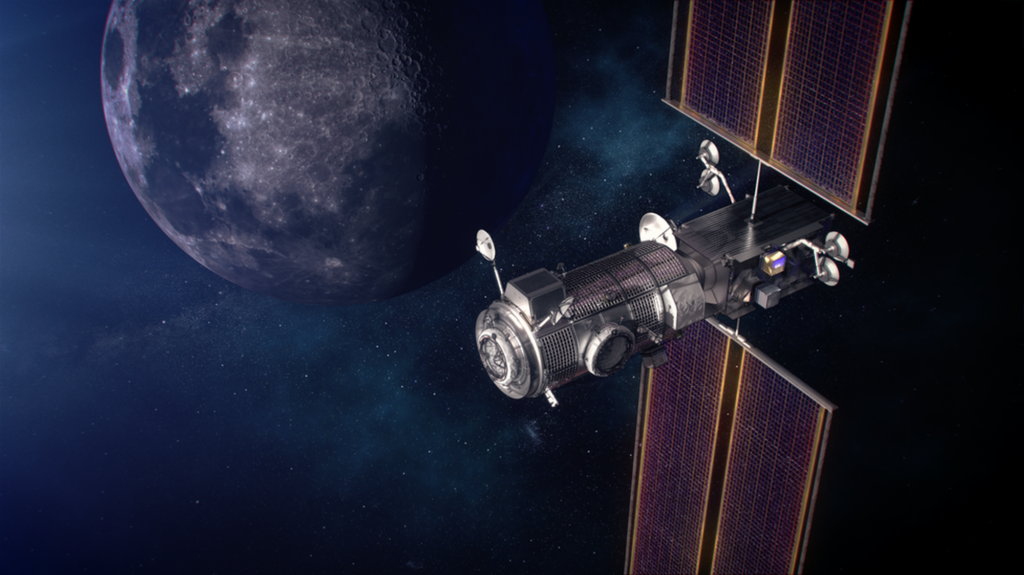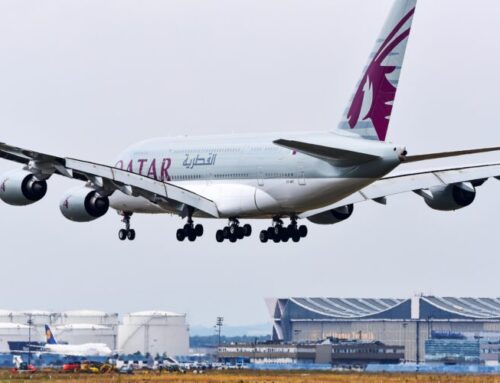
In a move that underscores the U.S.’s determination not to fall behind in the new space race, the Defense Advanced Research Projects Agency (DARPA) has enlisted Northrop Grumman to investigate the possibilities of constructing a railroad system on the moon. This initiative aims to lay the groundwork for a space economy by facilitating the transportation of humans, supplies, and resources across the lunar surface.
Northrop Grumman, a leading aerospace and defense technology company based in West Falls Church, Virginia, is charged with assessing the feasibility, costs, and risks associated with such an ambitious project. The company will explore the necessary resources, interfaces, prototypes, and concepts for a lunar railroad, employing robotics for construction and operation.
This endeavor is part of DARPA’s LunA-10 study, a seven-month examination initiated in August to devise a plan for a self-sustaining, monetizable, commercially owned-and-operated lunar infrastructure. With ambitions of establishing a private economy on the moon by 2035, DARPA’s vision aligns with projections that estimate the lunar economy could burgeon into a $170 billion market by 2040, as suggested by consultancy firm PricewaterhouseCoopers.
Chris Adams, Northrop Grumman’s vice president of strategic space systems, emphasized the company’s commitment to pioneering sustainable space ecosystems through advanced technology and autonomous services. DARPA’s LunA-10 program aspires to catalyze economic vibrancy on the moon, leveraging key technologies for use by both government entities and the commercial space industry.
The initiative has garnered the interest of thirteen additional companies, including prominent space industry players like Jeff Bezos’s Blue Origin, Elon Musk’s SpaceX, and Firefly Aerospace. These entities are set to present their findings at the Lunar Surface Innovation Consortium, culminating in a final report due in June.
The push towards a lunar economy is not exclusive to the U.S.; international efforts are also underway. Japanese researchers from Kyoto University have proposed the Hexatrack, an interplanetary transportation system envisioned to enable bullet train travel to the moon. Additionally, they have conceptualized “The Glass,” a habitat featuring artificial gravity, public transportation, green spaces, and water bodies.
China, too, is actively expanding its lunar exploration partnerships, having secured agreements with countries such as Pakistan, Russia, and the United Arab Emirates for its International Lunar Research Station initiative, which aims to establish a permanent moon base by the decade’s end.
This collective global endeavor towards lunar exploration and colonization represents a significant step forward in humanity’s quest to extend its presence beyond Earth, promising a future where the moon plays a pivotal role in the burgeoning space economy.
Sources: AirGuide Business airguide.info, bing.com







